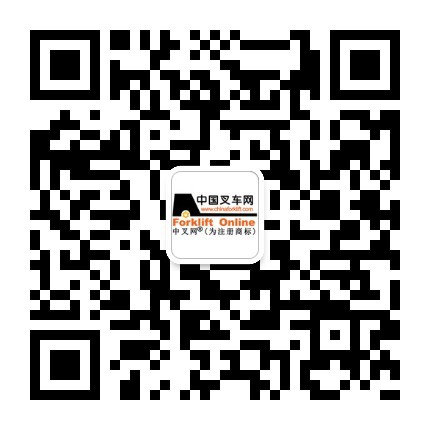Depending on customer requirements, trucks may be fitted with a variety of special equipment, such as variations in the mast or engine model — virtually no two trucks are the same. "Dealing with this complex arrangement successfully is one of the greatest challenges that we face", explains Roland Hartwig, Vice President of Operations in Aschaffenburg. The company's logistics strategy also helps to achieve maximum efficiency levels. Only large installation parts such as counterweights, axles, engines or lift masts are fed into the main assembly with a herringbone-style layout. These parts are brought to the assembly site in sequence by internal or external suppliers. Smaller and medium-sized order-specific installation parts such as covers, exhausts, particle filters or trailer couplings are assembled to order on a special trolley in the order picking zone (known as the "supermarket"). This order picking trolley is assigned to the corresponding truck at the start of the assembly line and is attached to the DTS. This arrangement allows assembly workers to access all the necessary installation components.
The trucks go through several "quality gates" during the production process. Once a truck has left the "marriage" line, it is subjected to a series of checks before it goes on to be fitted with rear-view mirrors and doors in the final assembly stage. It then has to pass through a function test bench, where it is put through a complete set of tests, such as acceleration behaviour tests, required driving speed tests and tests relating to lifting and lowering speeds when under nominal load (i.e. with maximum load capacity). The truck can only leave the assembly hall and enter the shipping area once it has performed flawlessly in all the tests.
If a Linde truck must be scrapped at the end of a long service life, 99% of the truck can be recycled. 70% of the cast iron is used to produce new trucks, and all other materials such as steel, metal, glass, plastic, rubber and operating liquids are also almost 100% reusable and are returned into commercial circulation as secondary raw materials.
Linde Material Handling GmbH is based in Aschaffenburg and is one of the world's leading manufacturers of trucks and warehouse vehicles. It is also one of the most important producers of hydrostatic and electric drives, which are used in its own trucks as well as in mobile work machinery and road vehicles. Linde Material Handling GmbH is part of the KION Group, Wiesbaden, which is the European market leader for industrial trucks and the second largest manufacturer in the world. The company has around 13,800 employees and generated annual sales of EUR 2.856 billion in 2011.
![]()
Assembly line of the electric counterbalanced forklift trucks Linde E 20 to E50.
Pictures below: The most complicated assembly step, the so-called "marriage", when the chassis with entire power train and the back end are precisely fit and bolted together.
















 粤公网安备 44010602003952号
粤公网安备 44010602003952号